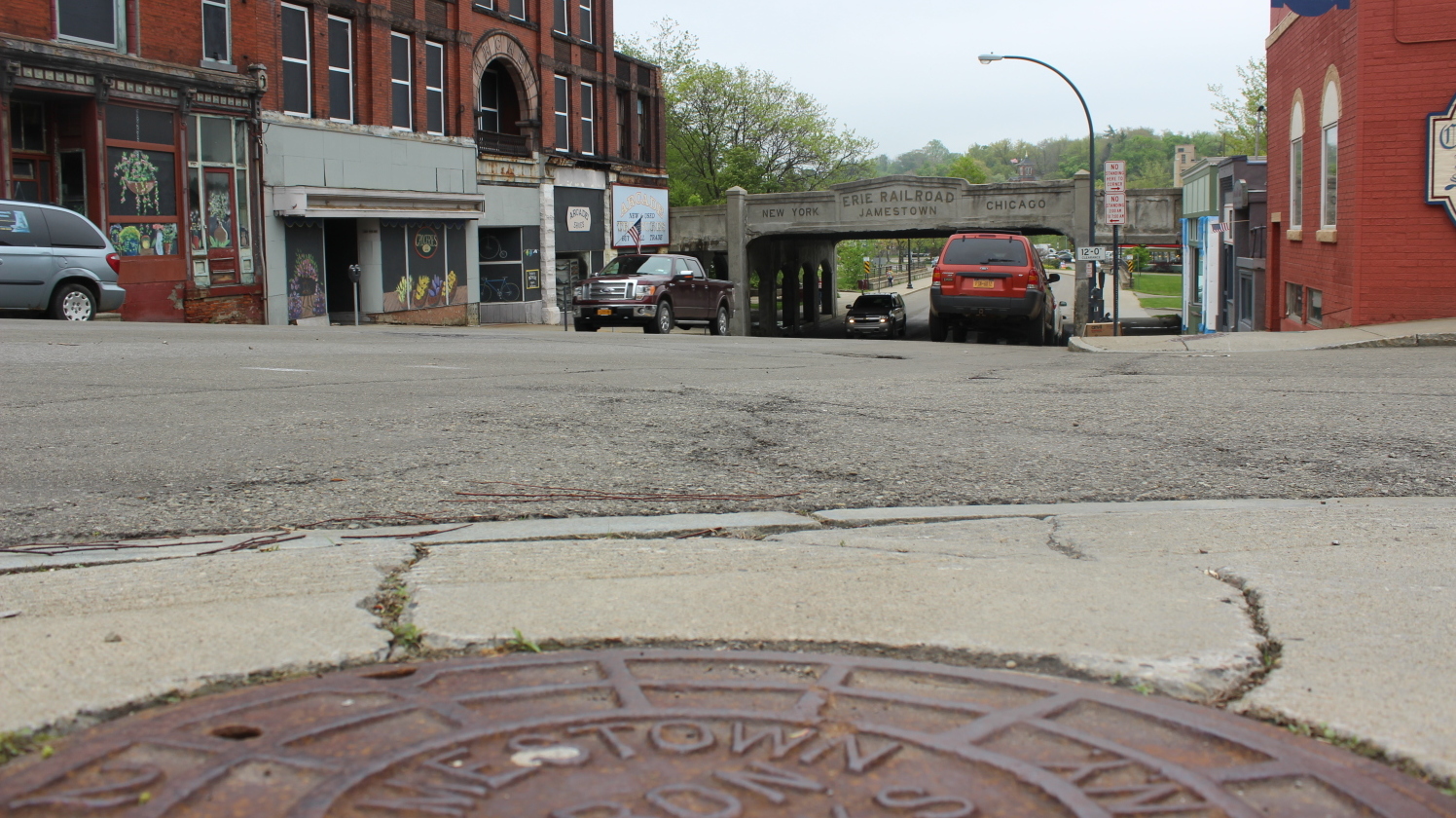“Smart growth” is a phrase that is often used in conjunction with urban economic development strategies, but rarely do we see it defined. Smart growth is more than just a buzz word! The New York State Regional Economic Development Council, the primary funding agency in New York State, requires compliance with smart growth principals when establishing funding priorities, as do many other state and federal funding agencies. But what is smart growth and why is it important?
According to Wikipedia, “Smart growth is an urban planning and transportation theory that promotes the concentration of growth in compact walkable urban centers to avoid sprawl.” It also advocates compact, transit-oriented, walkable, bicycle-friendly land use, including neighborhood schools, complete streets (streets designed for everyone, including pedestrians, bicyclists, motorists and transit riders of all ages and abilities), and mixed-use development with a range of housing choices. Smart growth, a particularly North American term, values long-range, regional considerations of sustainability above a short-term, transactional focus. The overarching goals of smart growth policies are to achieve a unique sense of community and place; expand the range of transportation, employment, and housing choices; equitably distribute the costs and benefits of development; preserve and enhance natural and cultural resources; and promote public health.
Why should we care about smart growth principals? If you trace the history of North American cities back to the mid-twentieth century, it becomes clear that, in most cases, their demise was tied directly to the decentralization and suburbanization of their core areas. Whereas there was a time when it was desirable to live in the downtown core, people began to flee our city centers in the 1950s to locations outside of the cities. This shift in population required expensive infrastructure upgrades, and lead directly to the gutting of our city centers. It has taken a while, but we now recognize that the direct result of this behavior is expensive legacy costs within our cities, with fewer tax payers to carry the load. Supporting and encouraging projects that contradict smart growth principals will only exacerbate this problem.
What can we do to support smart growth principals? First, decision makers should carefully evaluate projects to see to what extent they conform to smart growth principals. Whether we are citizens or decision makers, we should encourage projects that result in people living and working in our downtown urban core areas, and carefully evaluate projects which do not. Secondly, we need to try to ensure that all development projects, whether they are community development, transportation, commercial, industrial, housing, quality of life or public health oriented, incorporate smart-growth elements. These may include walkability, creating a sense of community and place, using natural elements, and offering a range of transportation choices. Thirdly, we need to educate decision-makers about smart growth principals. Whether they are funders, municipal leaders, or zoning/planning boards, they need to be aware of the potential impacts that given projects may have on our municipal centers. An example of a decision that ignores smart growth principals might be the approval by a planning board for a variance to build a pharmacy on the outskirts of a town instead of in the designated commercial business district in a city center.
Why is a strong city important? A strong city is important for a region as it is the center of commerce, entertainment and a focal point for services. The concentration of these services and commerce reduces the overall costs associated with the provision of these services by eliminating the need to extend infrastructure to areas outside of the city. Urban centers also become a source of identity and pride, and act as a focal point for events that bring people together.
While the Europeans have known this for a long time, US Cities are increasingly getting smarter when it comes to smart growth. Many cities, including Buffalo, are witnessing a resurgence of their downtowns, primarily by promoting smart growth principals and funding projects that support these philosophies. Buffalo’s inner Harbor is a good example–it is walkable, it creates a sense of place, it promotes the history of the region, it is increasingly becoming a place where people want to live, it is in the downtown core, and it connects the city and its people to its water resources. For these reasons, the new Buffalo is increasingly becoming a cool place to live, work and visit. When I lived in Buffalo 25+ years ago, it wasn’t so cool. Hopefully, we can continue to make Jamestown a cool place to live, work and visit, in part by promoting and implementing smart growth principals in our future decision making processes.
